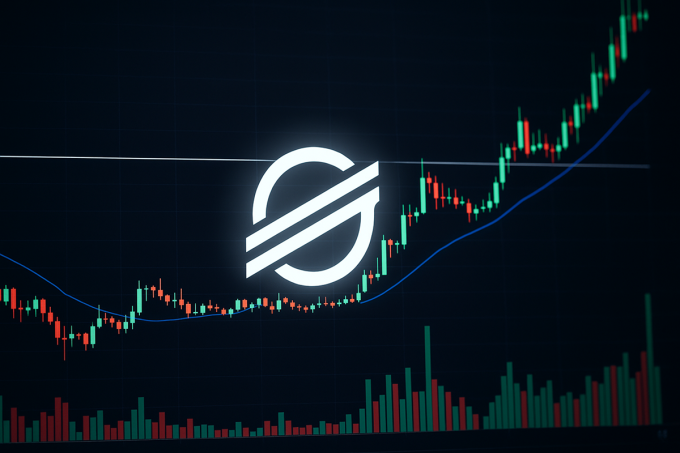The cryptocurrency market experienced its most severe deleveraging event in years this week, as over $19 billion in leveraged positions were liquidated within 24 hours. The sudden wipeout sent Bitcoin (BTC) tumbling from above $120,000 to near $110,000, marking one of the sharpest one-day contractions in crypto’s history and leaving traders reassessing risk in what analysts are calling a “market reset.”
Crypto Markets: From Euphoria to Exhaustion
According to data from Coinglass, more than 1.6 million traders saw their positions closed as cascading liquidations swept across exchanges. Futures open interest in Bitcoin dropped from roughly $94 billion to $70 billion, erasing weeks of speculative buildup. The total crypto market capitalization fell from $4.24 trillion to about $3.8 trillion before stabilizing.
Altcoins were hit harder, with many tokens plunging between 50% and 80% intraday before staging partial rebounds. Ethereum briefly slipped below $2,800, while Solana and Avalanche lost more than half their value during the worst of the rout.
Market analysts say the crash was triggered by a combination of macro pressure—particularly renewed U.S.–China trade tensions and higher Treasury yields—and internal structural stress. “The market had been over-leveraged for weeks,” said one derivatives strategist at QCP Capital. “This was less a crash and more a forced reset.”
Structural & Regulatory Fault Lines
The meltdown exposed how fragile crypto’s leverage infrastructure remains. A temporary glitch in Binance’s unified-margin pricing system reportedly caused a brief USDe stablecoin depeg, distorting collateral valuations and amplifying liquidations across interconnected exchanges.
Regulators are watching closely. The U.S. Commodity Futures Trading Commission (CFTC) and Singapore’s MAS have both hinted that cross-margin and synthetic leverage practices could become the focus of upcoming oversight. Analysts expect platforms to tighten risk controls and increase collateral requirements in the weeks ahead.
“The speed of this unwinding shows how deeply interconnected these exchanges have become,” said digital asset researcher Clara Wong. “A pricing error on one platform can now trigger global consequences.”
Investor Sentiment: Fear, Then Reflection
In the hours following the crash, sentiment swung sharply toward fear. Funding rates turned negative across major perpetual futures markets, and stablecoin inflows to exchanges fell nearly 18% week-on-week—an indicator of capital retreat.
However, some institutional players view the deleveraging as healthy. With speculative excess removed, Bitcoin’s on-chain metrics—such as realized price and MVRV ratio—now resemble early accumulation phases seen after previous corrections. “A cleaned-out market often lays the groundwork for sustainable growth,” said an analyst at Matrixport.
Outlook: A Leaner, More Cautious Market
The immediate path for Bitcoin hinges on macro stability and investor confidence. If U.S.–China tensions ease and liquidity conditions improve, analysts see potential for recovery toward the $120,000–$125,000 zone. But further stress—either from macro tightening or another exchange-level failure—could drag the asset back below $100,000.
For now, crypto is operating in what professionals describe as a post-leverage environment—leaner, more cautious, and potentially more durable. The market has been reminded that in digital finance, exuberance is cyclical, but discipline is structural.













https://shorturl.fm/kZ41b
https://shorturl.fm/3gj6d